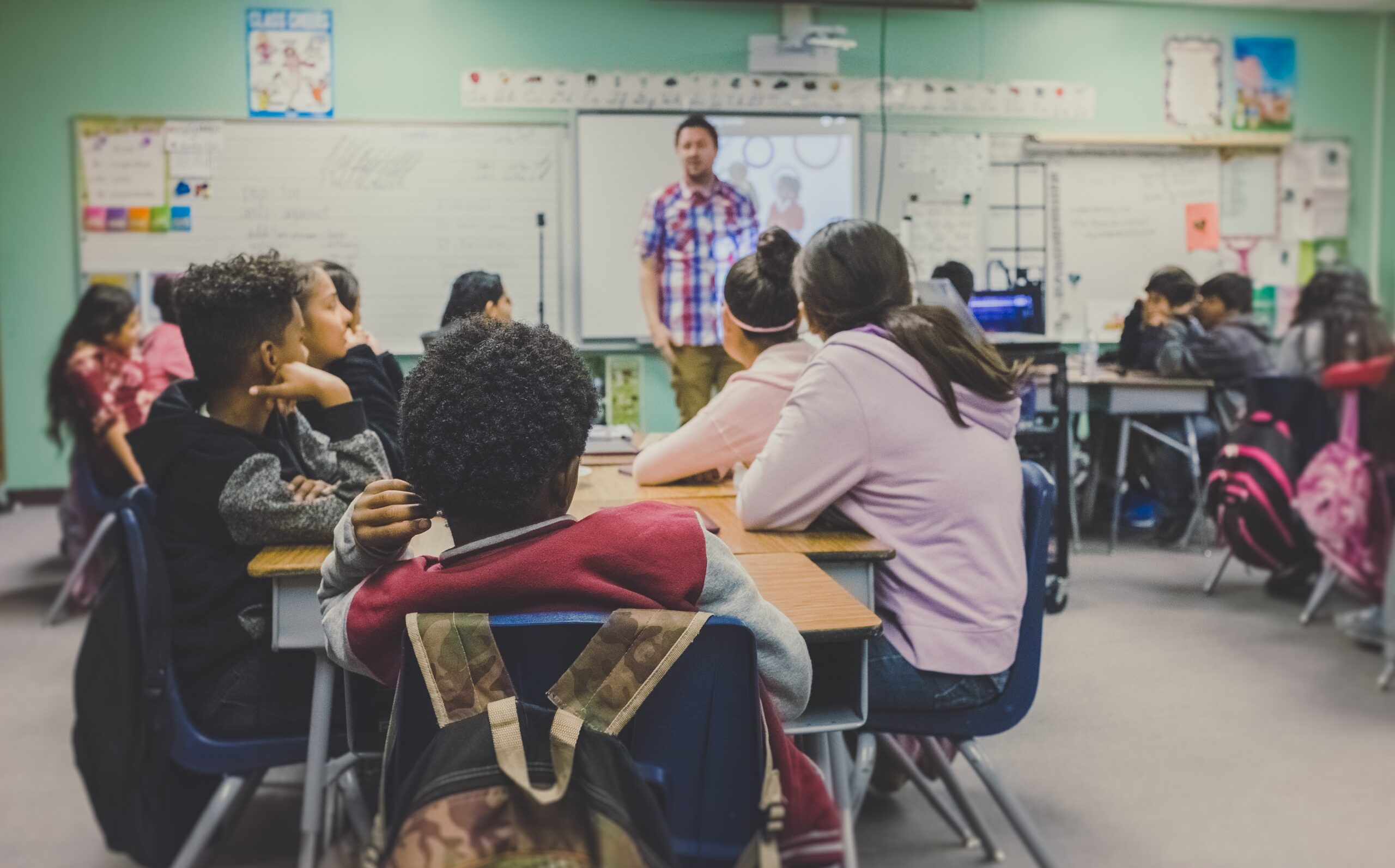When parents and school personnel build partnerships, the benefits can extend beyond the classroom. These partnerships can take several forms: involvement or engagement. According to the author of Building Parent Engagement in Schools, the main distinction between the two terms is telling versus listening. “ A school striving for family involvement often leads with its mouth—identifying projects, needs, and goals and then telling parents how they can contribute. A school striving for parent engagement, on the other hand, tends to lead with its ears—listening to what parents think, dream, and worry about. . . . Parent involvement may be the first step to parent engagement.”
The National PTA lists three steps that promote family-school partnerships, all of which focus on involvement:
- Raising awareness about the power of family and community involvement.
- Taking action to cultivate involvement through specific programs and practices.
- Celebrating success as your school sees increased involvement and its impact.
According to the CDC, “Parent engagement in schools is closely linked to better student behavior, higher academic achievement, and enhanced social skills.” When parents are engaged, they are not only heard, but also “serve an integral role in the decision-making process.” While family involvement usually focuses on what occurs within the school building, engagement includes the school as a partner in community improvement efforts. To encourage parent engagement, some schools offer classes for parents, so they understand how the school works. Parent coordinators identify topics and run the meetings.
Parents who are part of school-based management and planning teams achieve a better understanding of the curriculum while also educating teachers about the community’s needs. One illustration of such engagement occurred recently in Oakland, California. REACH, the parent advocacy group had been unhappy with their children’s education for years. However, they turned adversity into opportunity when the community received Covid relief funds. They designed a summer school program that supplemented the district’s curriculum. It included “Afternoon online art, karate, cooking, STEM and literature classes for kids of all ages, plus tutoring and intensive-reading help.” The group is working in partnership with the school district to expand the program.
To summarize, teacher-parent partnerships can support not only the classroom but the community as well.Parents can change the course of their children’s educational experience for the better, whether through involvement or engagement. The difference is that involvement is reactive, while engagement is proactive. And engagement can have broader benefits for the community as a whole.


